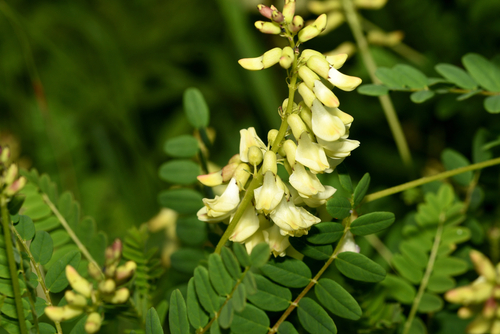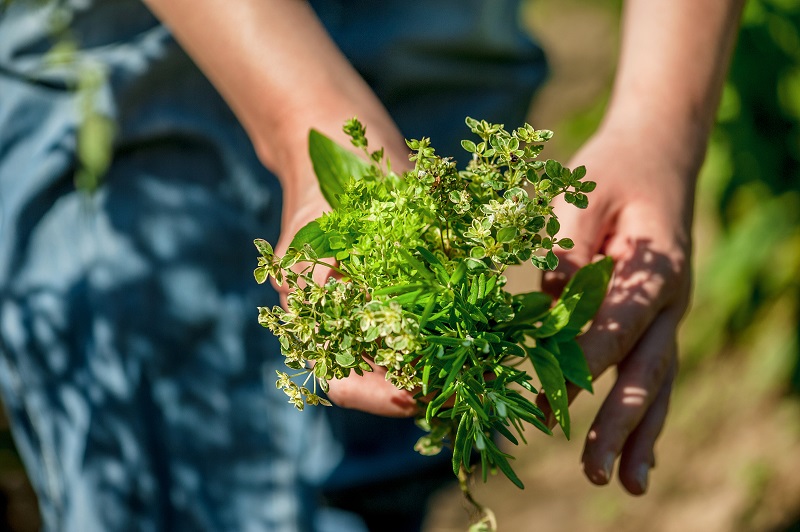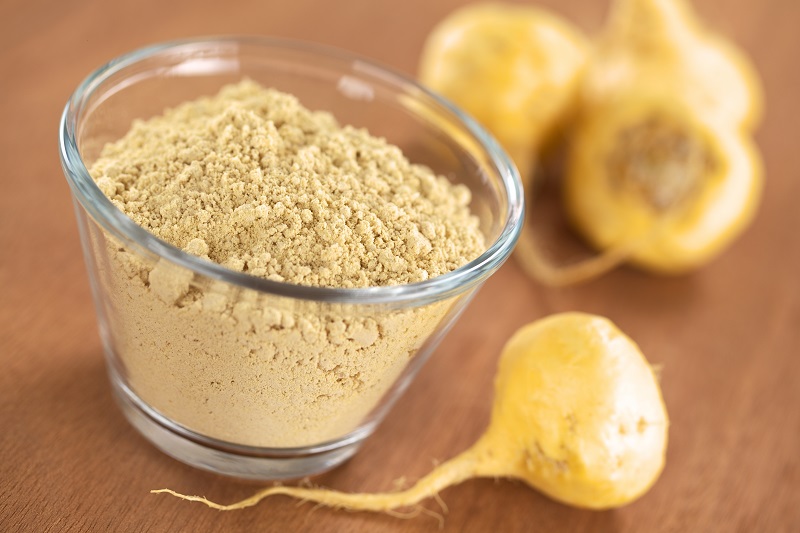Herb Highlights: Astragalus
Introduction
Astragalus is an entire genus of plants. The genus contains over 3,000 species, many of which have “milkvetch” in their common name.1 However, the species used in Traditional Chinese Medicine and dietary supplements is Mongolian milkvetch or Astragalus membranaceus/propinquus.2 Although it is a flowering plant, the roots are used to make traditional medicine and dietary supplements.3
Traditional Use vs Modern Science
In Traditional Chinese Medicine, Astragalus, or Huang Qi, is both lung and spleen tonifying.4 It is also a qi tonic, where it addresses qi deficiencies.5 Qi, in Traditional Chinese Medicine, is the flow of energy or fluids throughout the body including blood, phlegm, and urine. As for modern science, an extracted active of Astragalus, called Astragaloside IV is considered anti-inflammatory and an antioxidant.6 Further, it also has a role as a pro-angiogenic agent, 6 meaning this chemical within Astragalus helps the body create more blood cells. This chemical is also a carbonic anhydrase inhibitor6 that can act as a diuretic in the body.
A note of warning
Not all milkvetches are the same and some species of Astragalus are poisonous to animals.1 There haven’t been enough scientific studies done with Astragalus, so if you are pregnant or nursing, please consult a medical professional before adding this to your dietary supplement routine.3 Additionally, if you are taking immune suppressing drugs, please consult a medical professional before taking Astragalus as it may interact with them.1,3
Sources
2 – Astragalus propinquus – Wikipedia







